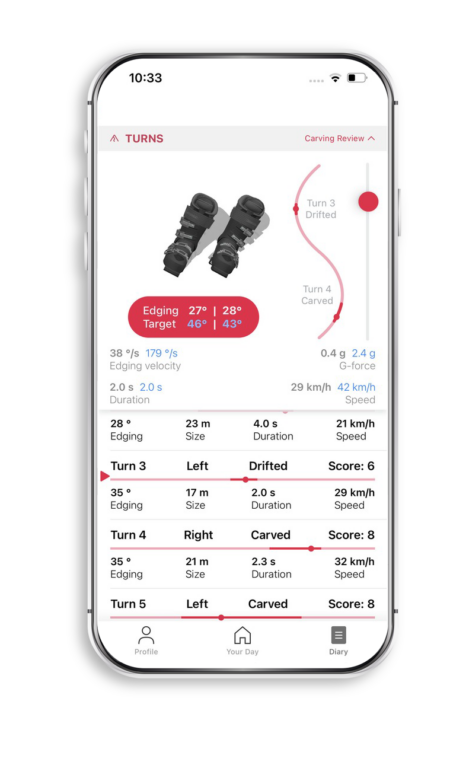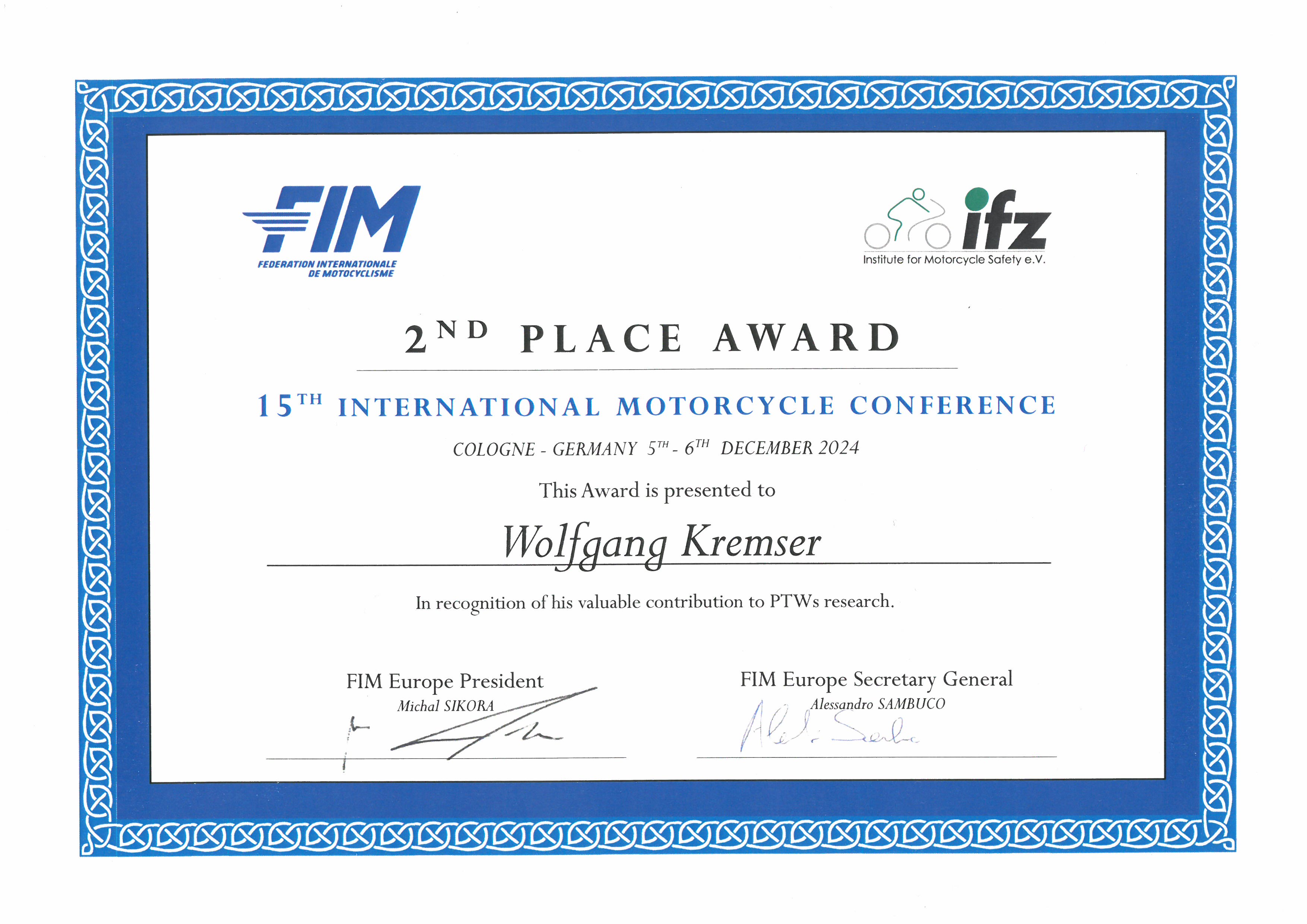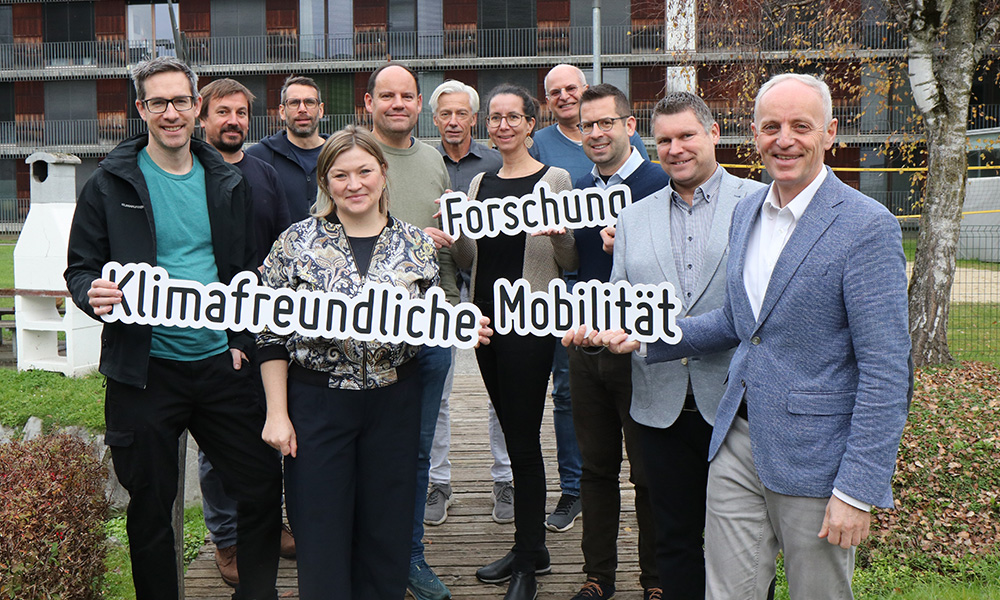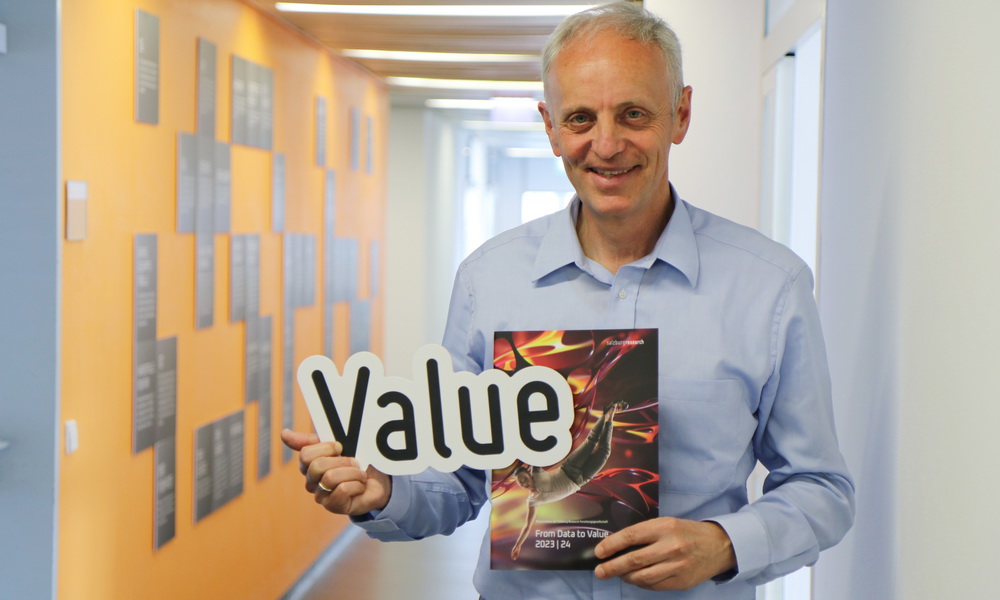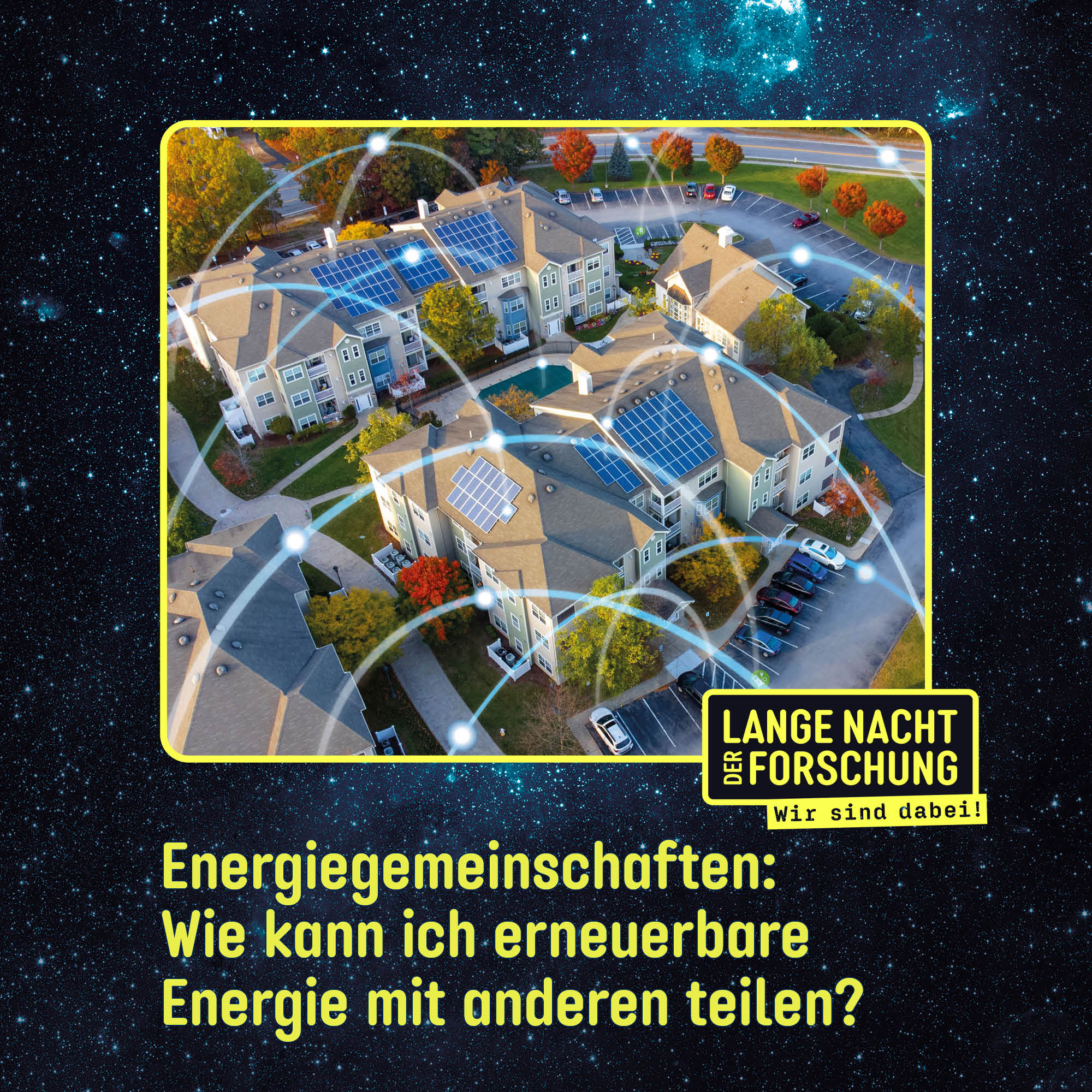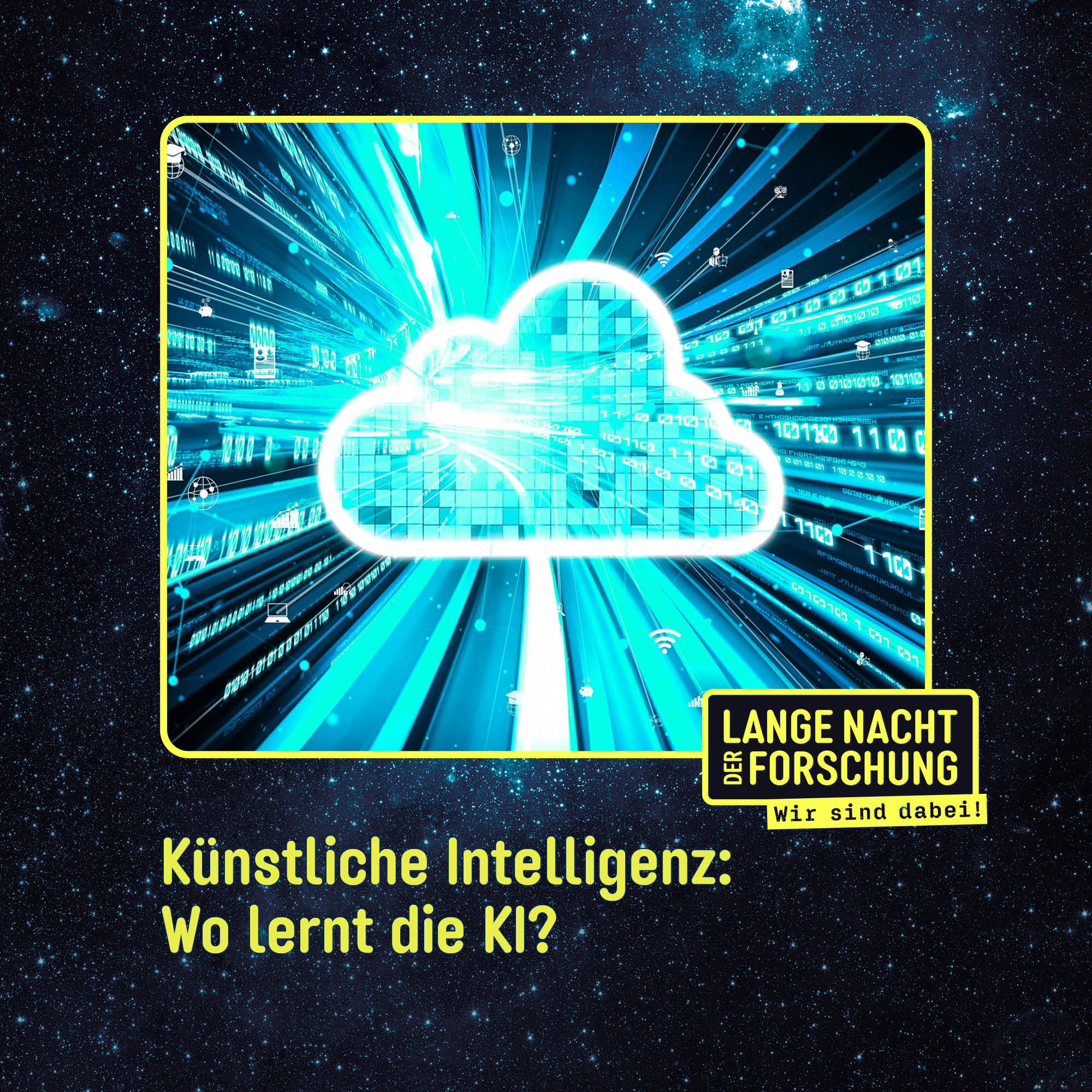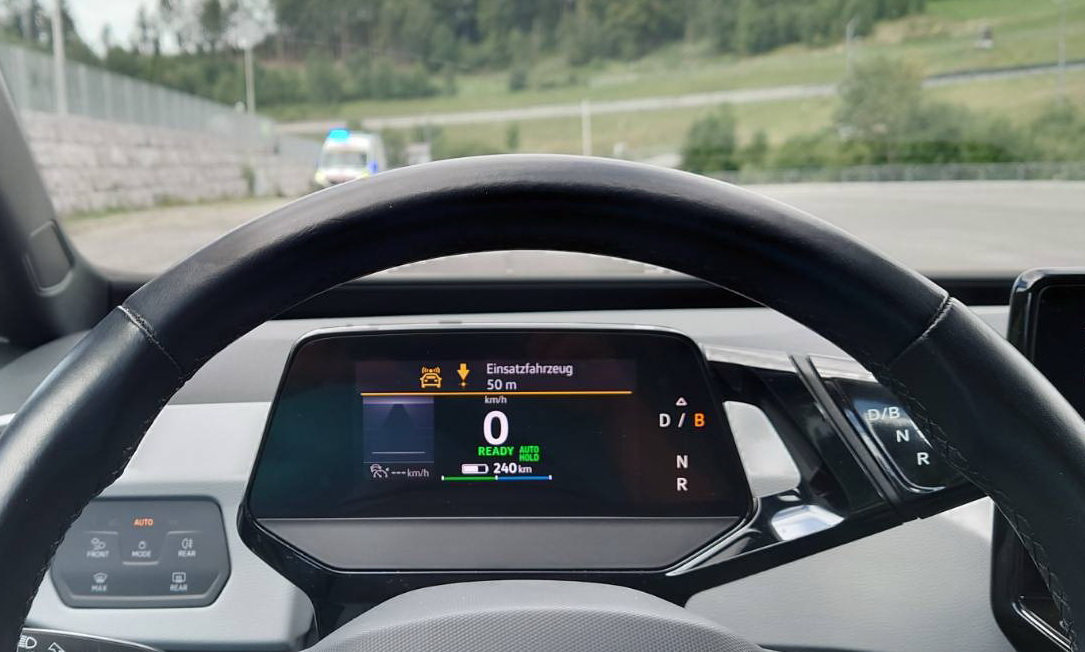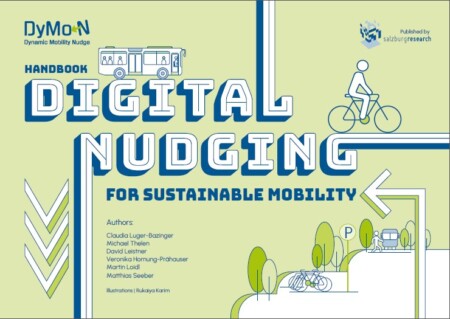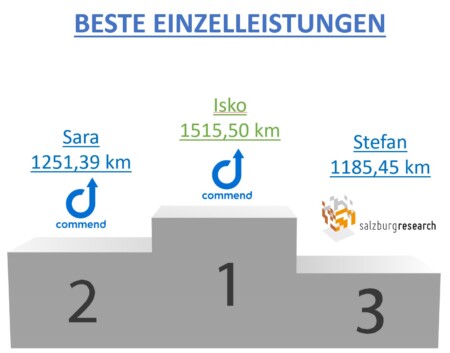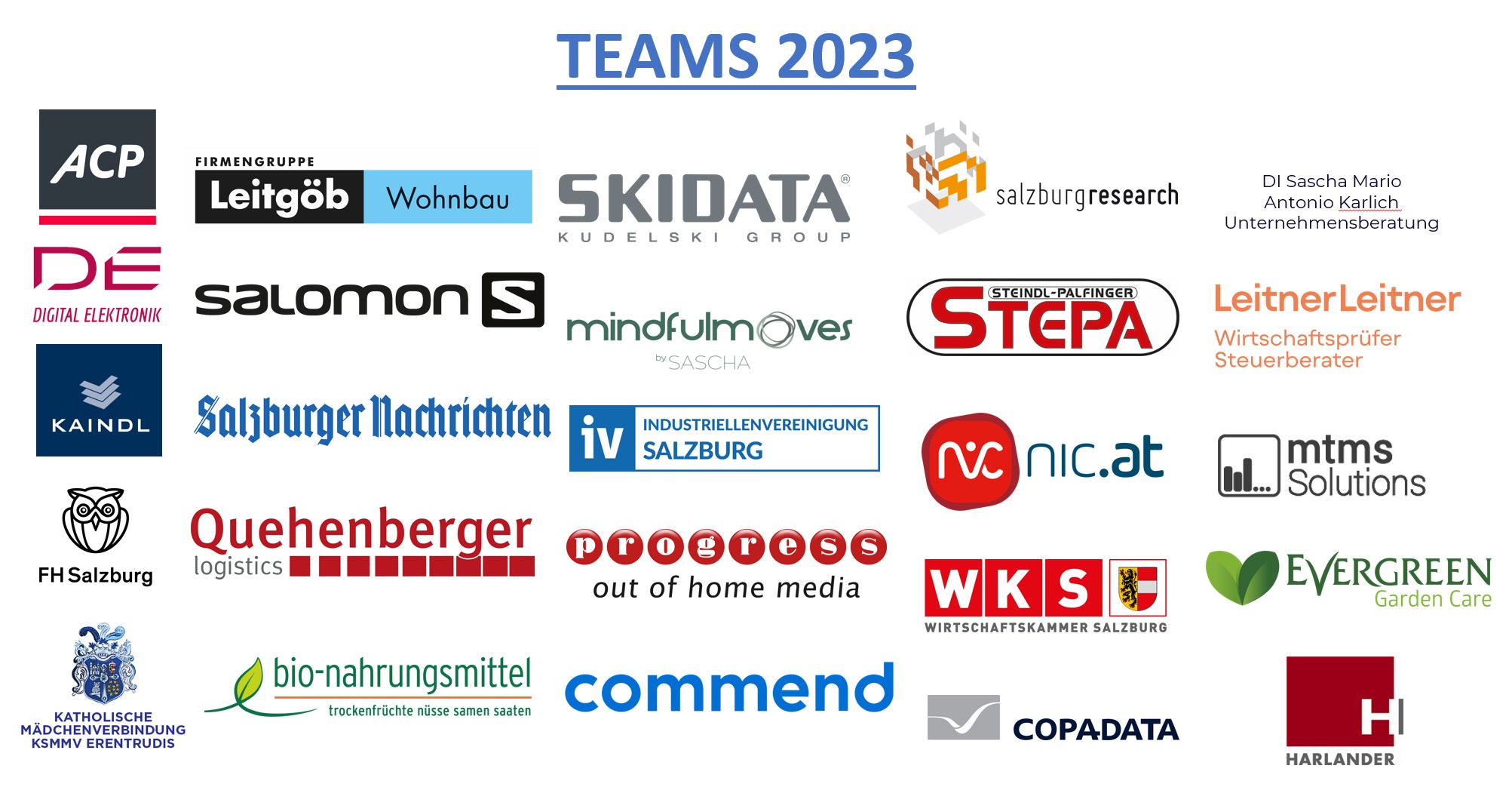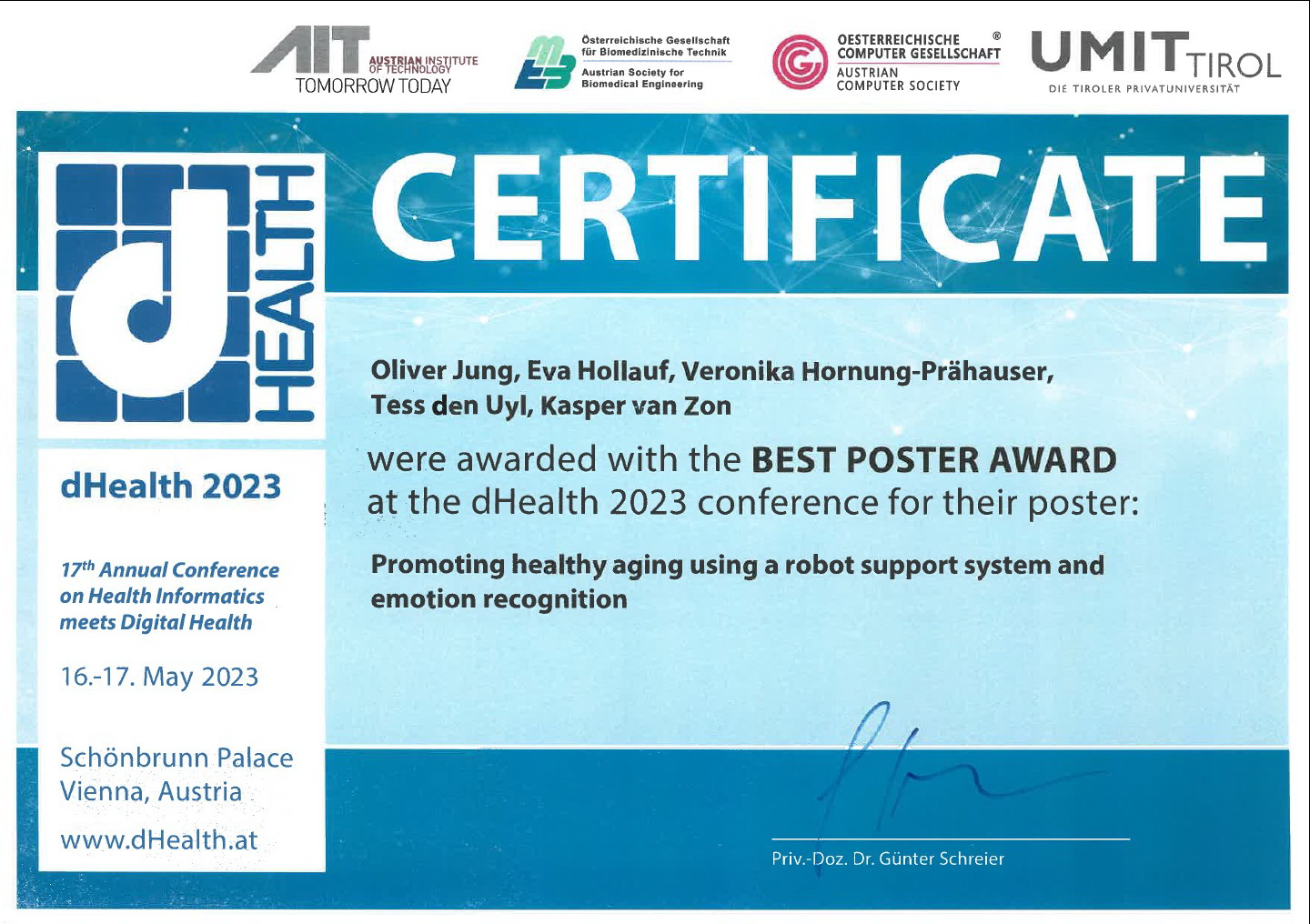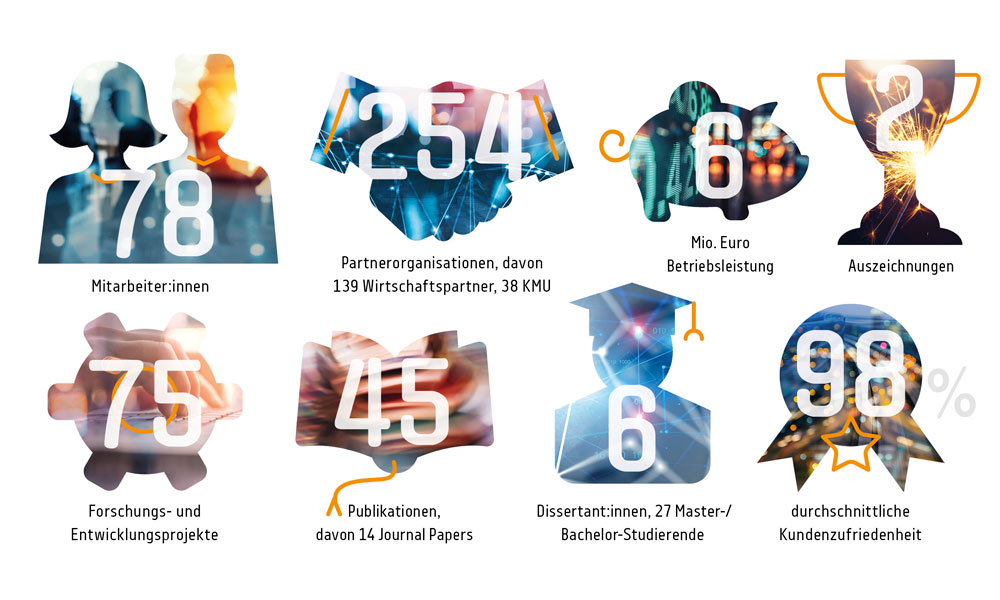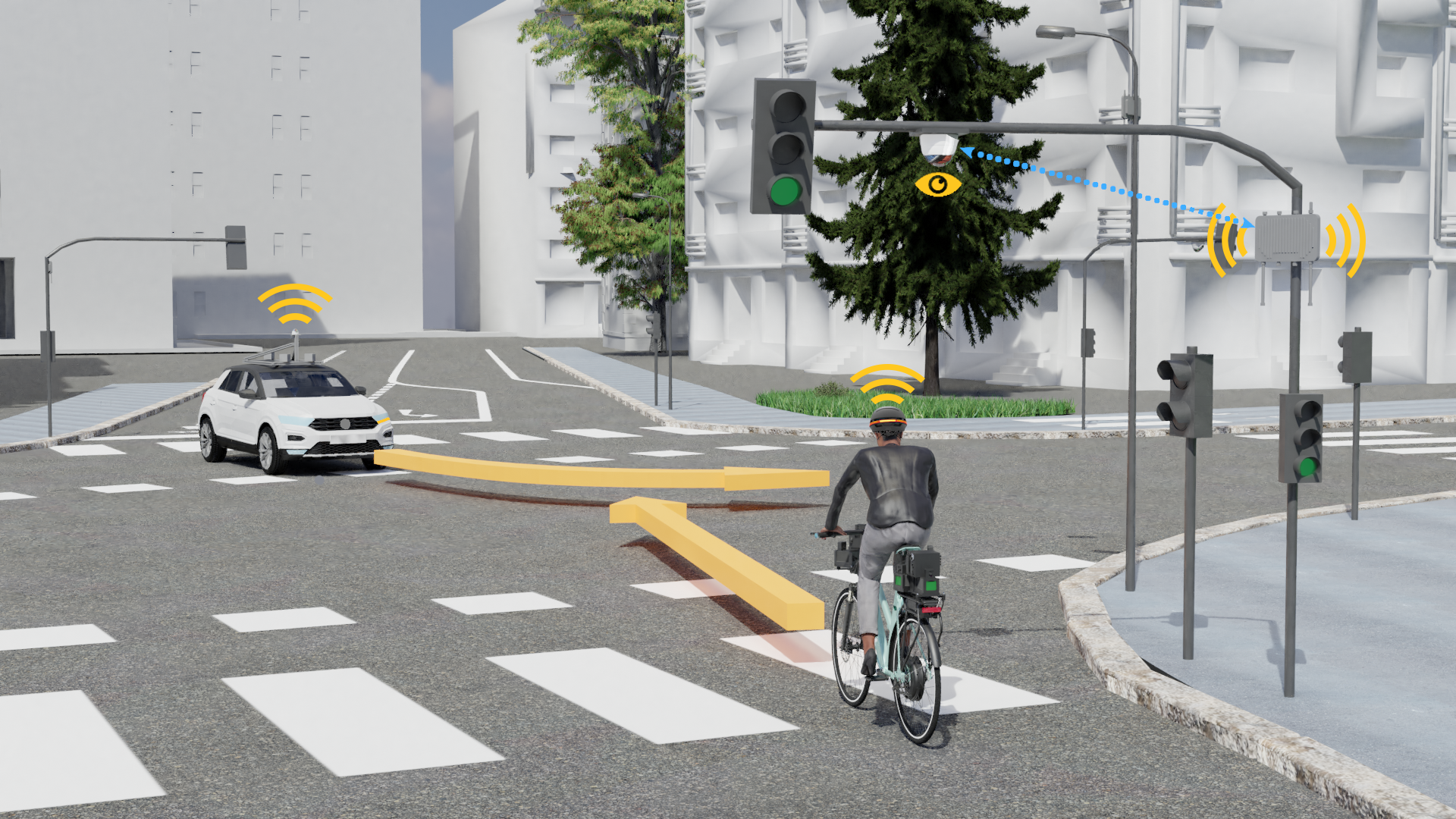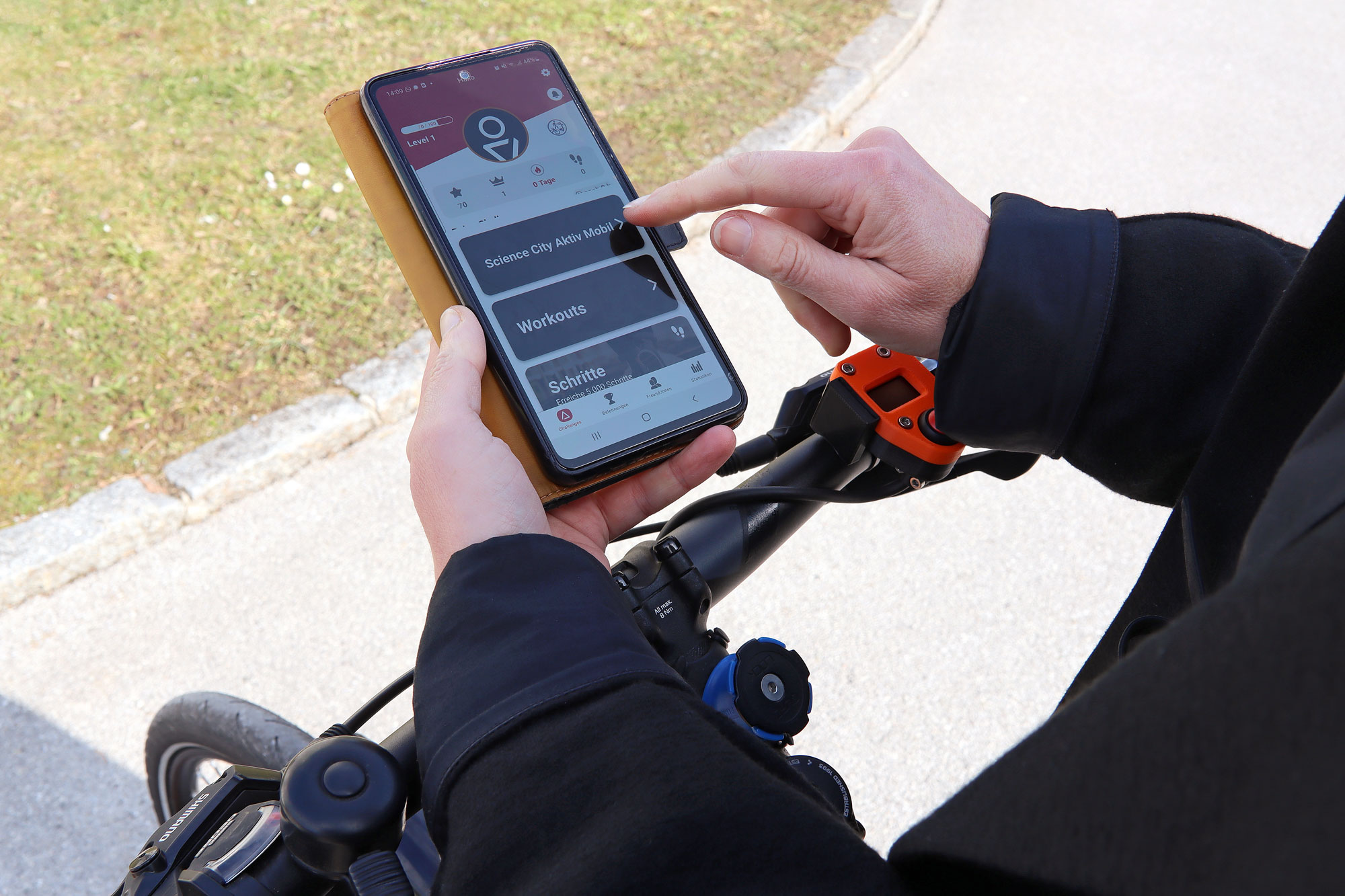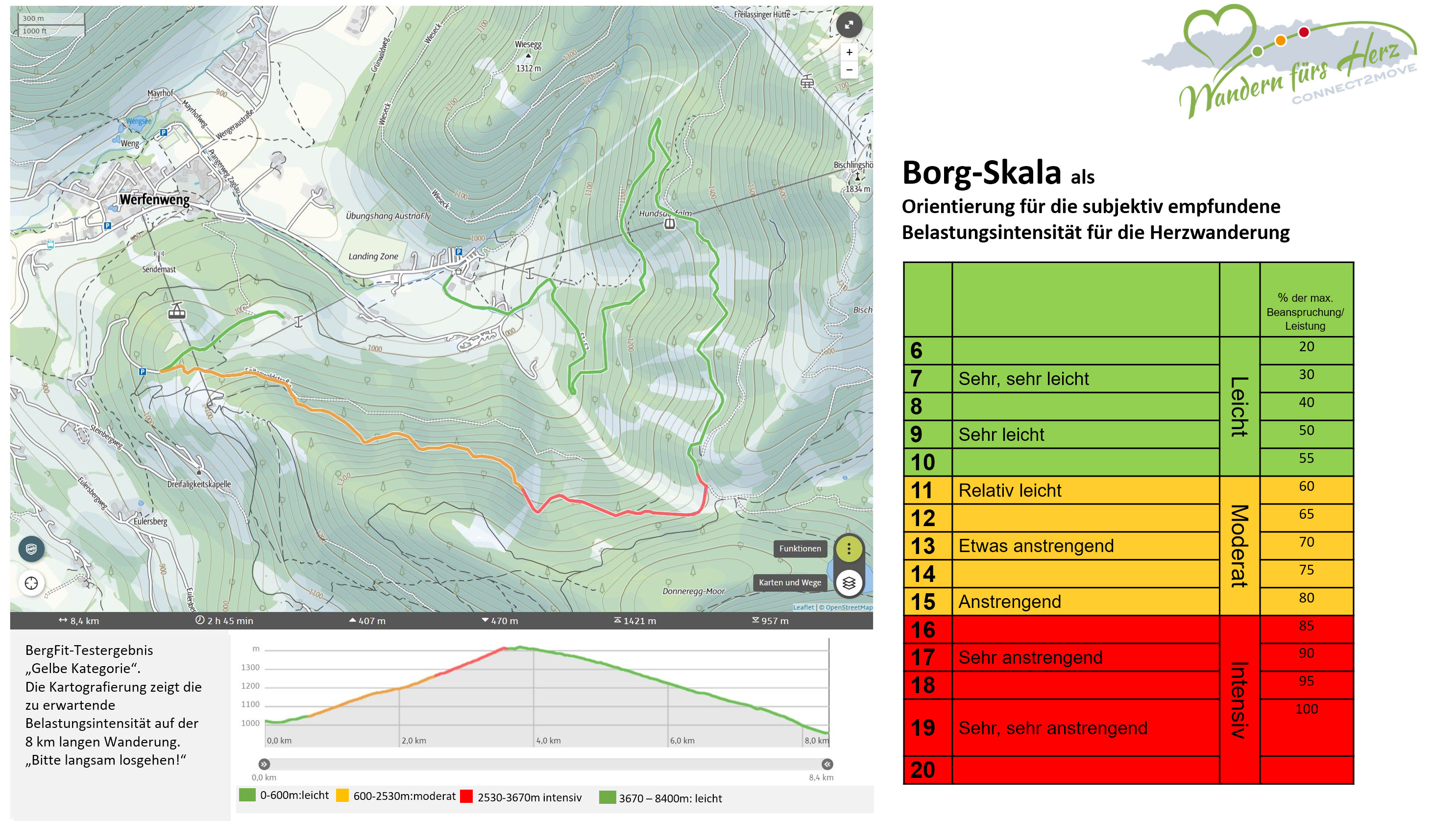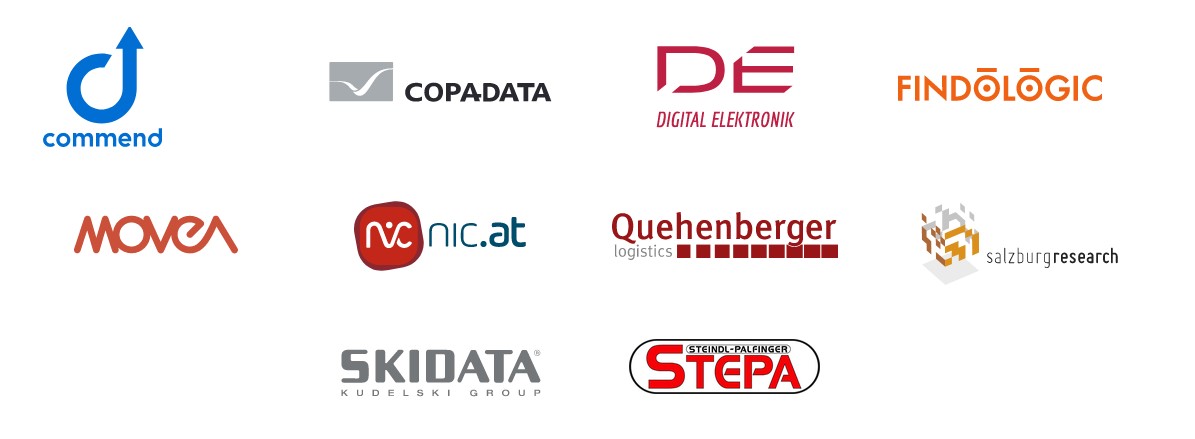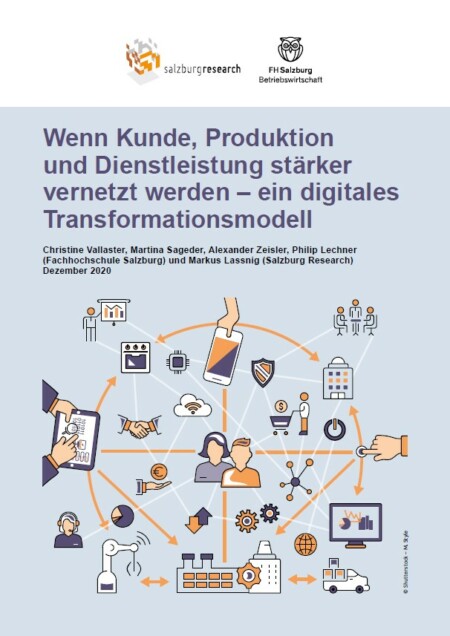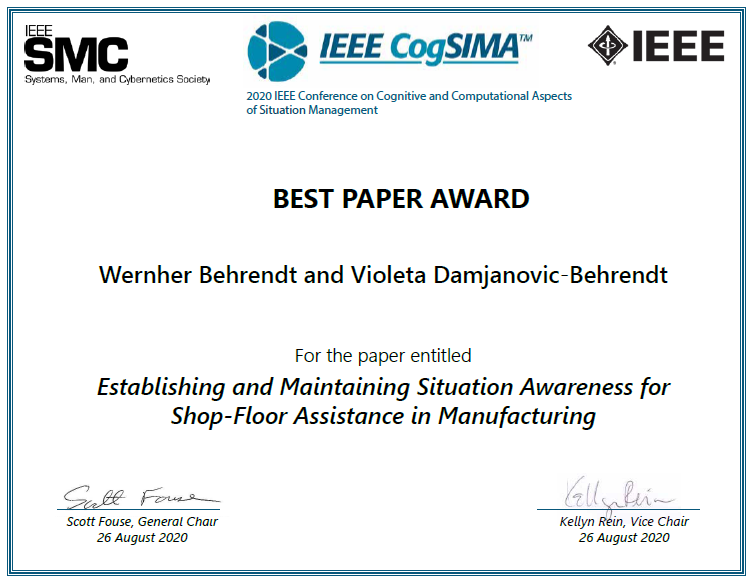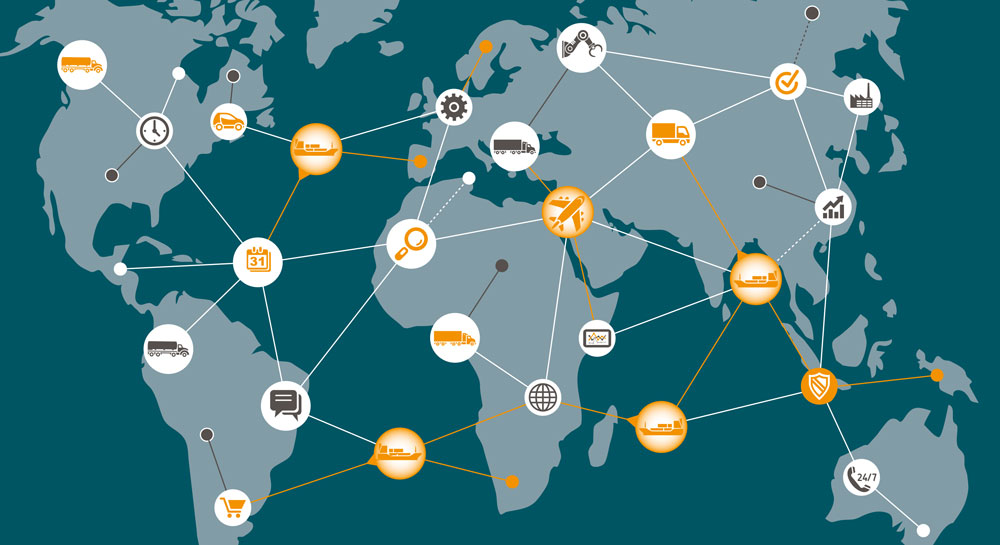The growing popularity of electric vehicles offers more than just sustainable mobility. According to a recent white paper, shared e-vehicle fleets can be used as mobile energy storage to promote grid stability, utilize renewable energy more efficiently, and generate economic benefits.
Definition of terms:
- Intelligent charging allows you to adjust the power and time frame of the charging process based on external price fluctuations. For instance, an electric vehicle could be charged slowly overnight when electricity prices are low.
- Bidirectional charging, also known as vehicle-to-grid (V2G), is an advanced form of smart charging. It enables the return flow of energy. In other words, energy can flow not only from the grid to the battery, but also from the battery back to a building or the grid.
Innovative use of e-vehicle fleets
The white paper examines four case studies from Austria, Switzerland, and Israel that analyze various business models for e-vehicle fleets:
PV-optimized self-sufficiency in Austria
- Intelligent Charging: In a system without PV and with dynamic electricity prices, smart charging reduces energy costs by 27% compared to uncontrolled charging. In a system with PV and static electricity prices, smart charging can reduce energy costs by 68% by charging during periods of excess PV generation.
- V2G: In a constellation without PV and with dynamic prices, V2G reduces energy costs by 29% compared to uncontrolled charging. Additionally, the fleet can sell energy to the grid, increasing the overall balance (revenue from energy sales minus energy costs) by 46%. In the same configuration including PV, the overall balance increases by 46%. In a configuration with PV and static prices, V2G can reduce energy costs by up to 93% and increase the overall balance by 14%. However, if battery degradation costs are included in the optimization, the potential profits from energy sales are halved. In certain configurations with high battery degradation costs, these costs can wipe out the entire profit.
Conclusion:
- Intelligent charging is an easy way to reduce energy costs.
- V2G has the potential to generate profits through energy trading.
- The cost of battery degradation is a relevant factor as well.
- Although the monetary value of smart charging and V2G is modest, both enable significant benefits in relative terms.
Grid stabilization in Zurich
A fleet of 24,000 electric vehicles demonstated the ability to reduce peak electricity grid loads by up to 6%.
Conclusion:
- Future electric vehicle (EV) fleets will have the battery capacity to stabilize the grid.
- Electricity price structures offer hardly any incentives for peak shaving.
- Economic incentives for peak shaving require exceptionally high peak electricity tariffs and available battery capacity.
Energy trading with e-vehicles
- Intelligent Charging: With an average dynamic tariff, energy costs are reduced by 5.9%. This reduction is modest due to the dynamic tariff’s low price range (electricity price between €0.22 and €0.25/kWh). However, smart charging combined with a fluctuating tariff (prices ranging from -0.01 to 0.24 euros/kWh) can reduce energy costs by 49%. However, such price fluctuations are rare in the system studied and only occur a few times a year.
- V2G: Combining V2G with a strongly fluctuating dynamic tariff reveals the technology’s full potential. Energy costs can be reduced by 59%. Additionally, V2G generates significant profits, which are 140% higher than original energy costs without V2G. Consequently, energy costs are reduced and profits are generated. However, sufficiently fluctuating dynamic prices are rare. When battery degradation costs are added to the optimization model, the balance deteriorates, and the trading profit is nearly eliminated. Nevertheless, total costs fall by 94%. In this specific scenario, characterized by low energy costs, V2G combined with a fluctuating dynamic tariff can generate up to 14.4 euros per vehicle per month.
Conclusion:
- V2G and dynamic pricing have the potential to significantly reduce energy costs.
- However, an EV fleet used for energy trading generates minimal profits.
- Realistic price structures offer few opportunities for energy trading.
- Profits from electricity trading require a sufficiently wide price range.
- Battery degradation costs are a relevant factor that can prevent the profitable application of V2G.
Utilization of PV surplus in Tel Aviv
A simulation for the year 2030 revealed that storing up to 5% of surplus solar energy in large vehicle fleets could reduce emissions and lower energy costs.
- Urban Perspective: Smart charging and V2G technology increase the PV surplus utilization rate in every scenario. V2G always achieves the highest rate. Relatively speaking, the highest PV utilization rate is 22.39%. This rate is achieved in a scenario with a large fleet and the lowest assumed PV generation. The largest absolute amount of utilized surplus energy is realized in a scenario with a large fleet and large PV generation, accounting for approximately 5% of the total PV energy surplus. However, the maximum amount of excess PV energy used accounts for only 0.41% of the city’s total energy consumption.
- Fleet Perspective: In this configuration, an electric vehicle (EV) fleet can save up to 56% on energy costs by using smart charging and up to 58% with V2G technology. Additionally, V2G allows the fleet to use more surplus PV energy than it originally consumes. Consequently, the amount of energy originally drawn from the grid can be significantly reduced and replaced with low-emission excess PV energy. Therefore, V2G reduces CO2 emissions. When energy prices are low, the monetary value of the CO2 reduction can be significant.
Conclusion:
- Only a small amount of surplus PV energy can be used by an EV fleet. However, the amount used is not system-relevant.
- Mobility behavior influences the fleet’s ability to utilize excess PV energy.
- Intelligent charging can significantly reduce an EV fleet’s energy costs. V2G can even generate profits.
- V2G enables virtually climate-neutral vehicles.
- Large-scale PV surplus utilization requires a large EV fleet.
Opportunities and challenges
The results demonstrate the significant role that EV fleets can play in the future energy system. Significant savings and efficiency gains can be achieved, especially when EV fleets are combined with solar energy and dynamic electricity pricing models. However, challenges remain, including regulatory frameworks, battery degradation, and the need for a critical mass of vehicles.
While some business models are economically attractive today, such as optimizing self-consumption through photovoltaics (PV), large-scale integration of electric vehicles (EVs) into the energy system requires further innovation and political adjustments. The results of the white paper, however, deliver a clear message: electric vehicles are not just a means of transportation; they could also play a key role in the energy transition.
Publications:
- Guntram Pressmair, Jakob Papouschek, Michael Thelen, Roberto Rocchetta, Jalomi Maayan Tardif, Aviva Shemesh (2024): New Business Opportunities Leveraging the Flexibility Potential of Electric Shared Vehicle Fleets. GAMES Industry White Paper.
- Guntram Pressmair, Jakob Papouschek, Michael Thelen, Roberto Rocchetta, Jalomi Maayan Tardif, Aviva Shemesh (2025): Executive summary of the GAMES Industry Whitepaper: New business opportunities leveraging the flexibility potential of electric shared vehicle fleets. Zenodo. https://doi.org/10.5281/zenodo.14802682.
“GAMES – Grid Aware Mobility and Energy Sharing” has received funding from the European Union’s Horizon 2020 research and innovation program under grant agreement No. 883973 through the ERA-Net Smart Energy Systems and Mission Innovation Joint Call 2020.
























